Jog Raj1*, Alexandro Marchioro1, Lucas Magno da Silva Ribeiro2, Natália Benincasa2, Hunor Farkaš1, and Marko Vasiljević1
1PATENT CO, DOO., Vlade Ćetkovića 1A, 24 211, Mišićevo, Serbia
2POLLY SELL, Rua Humberto Pela, 103, Bairro Leitão – Louveira, São Paulo, Brazil
*Autor correspondiente [email protected]
The aim of this study was to analyze the presence of mycotoxins in the main raw materials used for animal feed, such as soy, corn, silages, and finished feed, received from different regions of Brazil.
These samples were collected between January and June 2023 and were analysed using ELISA for:
 Aflatoxin B1 (AFB1)
Aflatoxin B1 (AFB1) Zearalenone (ZEN)
Zearalenone (ZEN) Deoxynivalenol (DON)
Deoxynivalenol (DON) Fumonisin B1 (FB1)
Fumonisin B1 (FB1) T-2 Toxin
T-2 Toxin
The mycotoxin results for each feed materials are shown as follows.
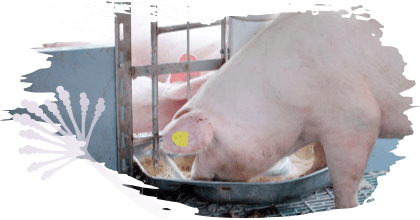
SOY
Between January and June 2023, 100% of the soy samples received from different regions of Brazil were contaminated with more than one mycotoxin.
Table 1 shows that Fusarium mycotoxins were the predominant mycotoxins detected in soy samples. FB1 was detected in 65% of the samples, ZEN in 96%, T-2 toxin in 79% and DON in 44% of the samples. AFB1, with an average of 7 ppb, was detected in 48% of the samples.
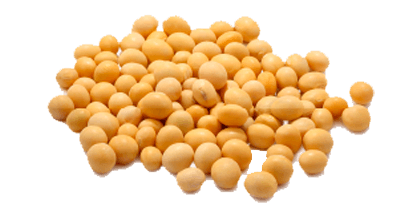

Table 1. Mycotoxin contamination levels (ppb) in soy samples from Brazil.
CORN
The analysis of corn samples between January and June 2023 showed that 100% were contaminated with more than one mycotoxin.
Table 2 shows that FB1 was detected in 95% of the samples (high averages, 3819 ppb), ZEN in 68%, T-2 toxin in 82%, and DON in 45% of the corn samples. AFB1, with an average of 5 ppb, was detected in 45% of tested samples.
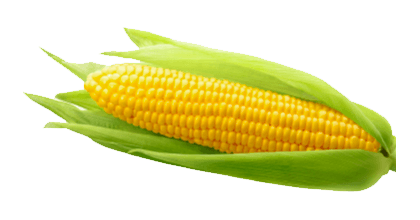

Table 2. Mycotoxin contamination levels (ppb) in corn samples from Brazil.
SILAGES
In the period from January to June 2023, 100% of the alfalfa and corn silage samples received were contaminated with more than one mycotoxin.
Table 3 shows that ZEN was detected in 75% of the samples, T-2 toxin in 100%, and DON in 50% of the silage samples. AFB1, with an average of 8 ppb, was detected in all the samples.
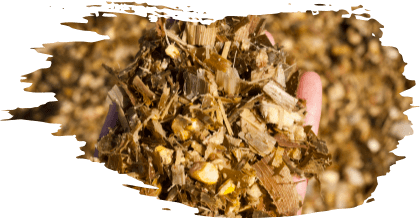

Table 3. Mycotoxin contamination levels (ppb) in silage samples from Brazil.
FEED
100% of the feed samples (lactation, sows, grower, etc.) received between January and June 2023 were contaminated with more than one mycotoxin.
Table 4 shows that FB1 (average of 2253 ppb) and DON were detected in 78% of the samples, ZEN in 89% and T-2 toxin in 100% of the feed samples. AFB1 was detected in 44% of the samples.
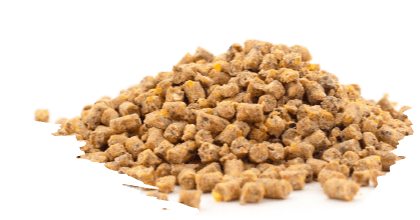

Table 4. Mycotoxin contamination levels (ppb) in feed samples from Brazil.
CONCLUSIONS
During the period from January to June 2023, soy, corn, silages and finished feed samples from different regions of Brazil were contaminated with more than one mycotoxin.
FB1, ZEN, T-2 toxin, and AFB1 were the main mycotoxins detected in most of these samples.
| More than one mycotoxin can lead to additive or synergistic effects when fed to sensitive animal species (e.g., swine and poultry).
|




 Micotoxicosis prevention
Micotoxicosis prevention